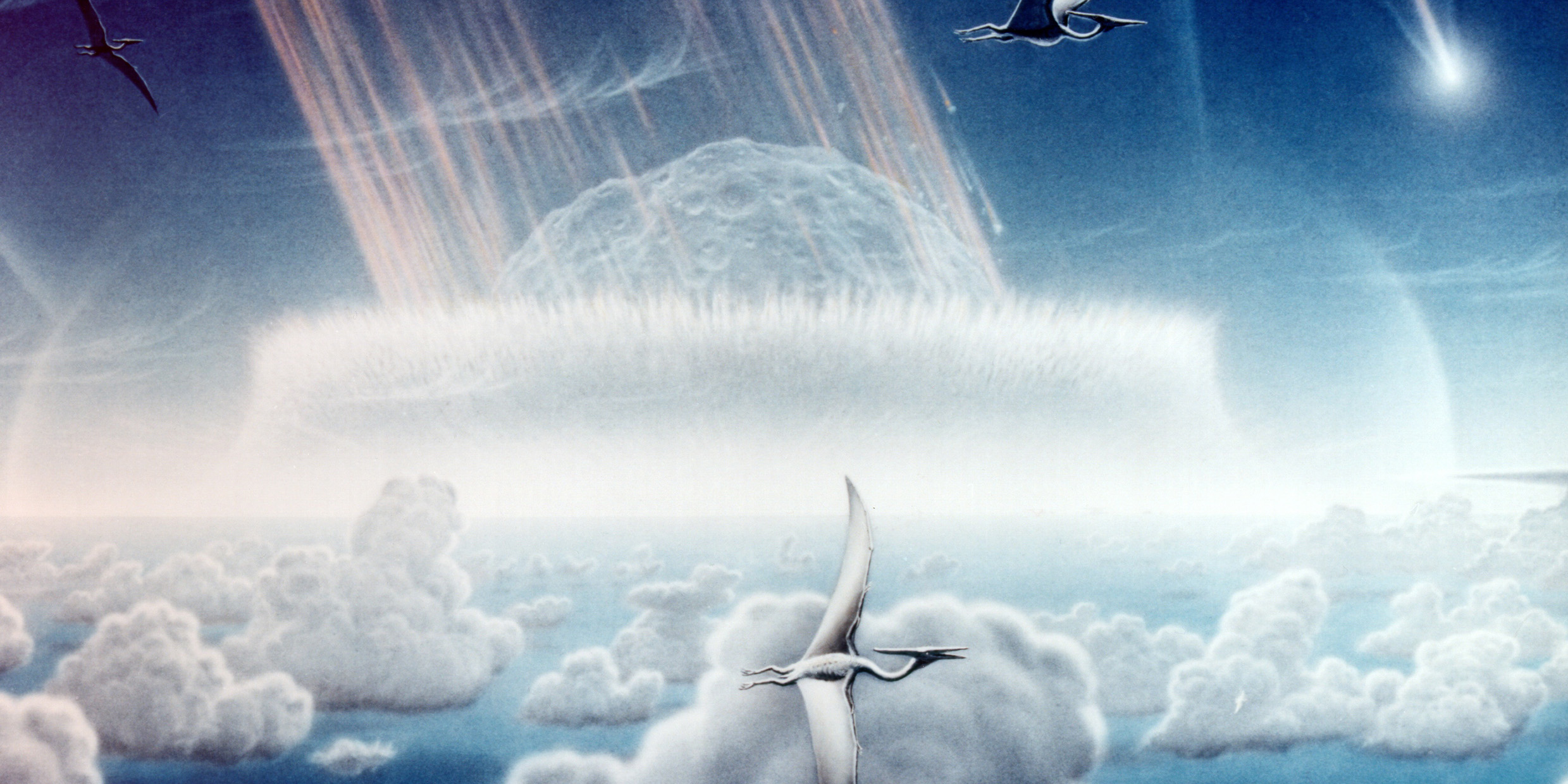Originally published 26 September 1988
I heard on the radio the other day that a “rocket scientist” had predicted — with the aid of mathematical equations and biblical references — the imminent end of the world.
We will be hearing lots of this sort of thing as we draw closer to the year 2000. Apocalyptic fever seized Europe at the end of the first millennium, and it seems inevitable the same thing will happen again. Already the harbingers of doom are revving up their visions of Armageddon.
Doomsday is deeply entrenched in human psychology. Stories of apocalypse are stock in trade for religious prophets and writers of science fiction. In few stories, however, does all of creation perish. Usually, a part of the world persists to become the germ for a new creation.
When the biblical deluge subsided, Noah’s sons and their wives repopulated an emptied world. In Norse mythology, Yggdrasil, the world-tree, survived apocalypse to bear Lif and Lifthrasir, the parents of a new human race. Many Christians look forward to a New Jerusalem that will rise from the ashes of the present world’s destruction. The stories are endless, the theme universal.
The scientific version
Science, too, has tales of almost general extinction, and of survivors who are progenitors of a new and better race. Prominent in recent years is the K‑T (Cretaceous-Tertiary) catastrophe, an end-of-the-world story to end all stories, with all the elements of the classic myth — fire and brimstone, unsparing death, a sky that clears for the lucky few survivors, a world remade.
The source of the story is an iridium-rich layer of clay that is the global boundary between sedimentary rocks of Cretaceous age (130 – 65 million years, geologic symbol K) and rocks of Tertiary age (65 – 3 million years, geologic symbol T). It is now widely believed that the clay is fallout from an asteroid collision with the Earth, and contains pulverized material from the asteroid (the source of the iridium) and Earth materials blasted from the impact crater.
The clay’s global distribution suggests that a huge quantity of impact debris was lofted into the atmosphere and carried worldwide by winds. For months or years, the Earth was wrapped in a dusty shroud that blocked the sun’s light and plunged the planet’s surface into cold and dark. The severity of the trauma caused the final extinction of the dinosaurs.
An article by Wendy Wolbach, Ian Gilmour, Edward Anders, Charles Orth, and Robert Brooks in a [August 1988] issue of the journal Nature adds new details to the story. The language is technical, but not even Hieronymus Bosch, the Dutch master of apocalyptic visions, could paint a more terrifying picture of the end of a world.
Wolbach and her colleagues found soot in the clay, at sites as widely dispersed as Denmark and New Zealand. The soot is concentrated at the bottom of the clay layer and is uniform in composition. It apparently came from a single global fire ignited by the asteroid impact.
Here’s the way it works
The revised K‑T scenario goes something like this: The dinosaurs, gargantuan and dumb, have ruled the world for 200 million years. A meteorite, 10 miles wide, hurtles from the heavens to collide with Earth.
The impact blasts a crater the size of Rhode Island, heaving into the air colossal quantities of pulverized rock. Energy released by the collision heats the atmosphere and drives roaring winds across the continents. Forests are ignited and burn furiously. The sunlight is extinguished by clouds of dust and smoke. Poisonous combustion gases fill the air.
Dinosaurs roar with fear and run before the flames. As the fires burn out, the temperature plummets. Photosynthesis ceases. Half the creatures in the sea perish, and no land animal weighing more than 50 pounds survives. Tyrannosaurus rex and Triceratops are victims, with hundreds of other dinosaur species. The long ascendancy of monsters ends.
As the dust settles and the skies clear, the quick-witted mammals, long held in check by dinosaurs, emerge from their burrows to inherit the Earth.
Of course, the story goes beyond science, beyond the isotopic analysis of carbon in ancient clays, beyond careful measurements of relative abundances of iridium and soot. The story has overtones of myth, as indeed it must, for we are raised on myths of apocalypse. Myths can be truthful; if it weren’t for the dinosaur’s doomsday, we might not be here at all.
I recently visited a new dinosaur exhibit at the Boston Museum of Science. It was a stirring experience — six incredibly lifelike beasts from the past, including Tyrannosaurus rex and Triceratops, not quite life-size but big enough to intimidate even adults. They move, they stamp their feet, they roll their eyes, they roar. The exhibition hall is dimly lit with eerie light and reverberates with the forlorn cries of monsters faced with imminent extinction. Maybe I let my imagination run away with me, but I felt the K‑T chill and smelled the poison in the air.
For kids, the animated dinosaur exhibit is a spectacular evocation of a race of giants that is no more. For grownups, it’s a wonderful place to contemplate the end of the world.
The revised K‑T catastrophe theory is now known as the Cretaceous-Paleogene (K‑Pg) extinction event. The asteroid impact that killed the dinosaurs has been identified as coinciding with the Chicxulub impact crater in Mexico. ‑Ed.



